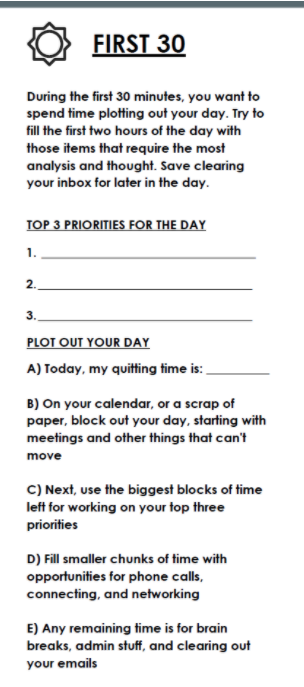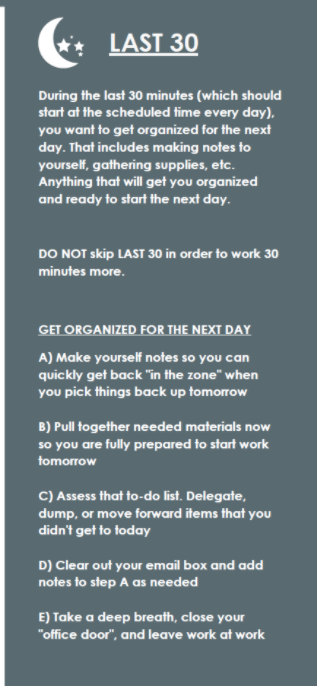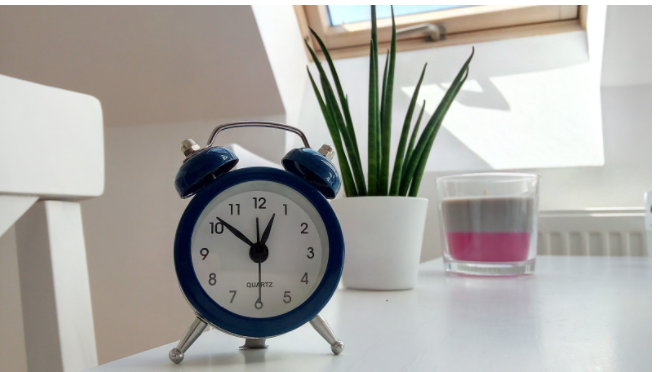When was the last time you stood up today?
I started working from home regularly about 7 years ago. My days, in the beginning, went something like this:
I rolled out of bed at my normal time. I let the dogs out and checked my email, which would inevitably pull me into a rabbit hole of work.
I’d sit down “just a minute” to resolve that immediate issue. Which led to another issue. Then I might as well stay since my first scheduled meeting was starting soon.
Eventually, I looked up, and it was 4 pm. I hadn’t eaten, peed, brushed my teeth, showered, or changed out of my flannel pants and t-shirt.
Working from home? It was more like living at the office.
The other thing I found myself doing was being super-vigilant with my emails and chats. I wanted to make sure people knew I was at work and thought that responding within 5 milliseconds of their query was the best way to do that.
I had days when I was better at self-care and balance than others. But, there was always this nagging feeling that work was always there and that I needed to be on the ball and quickly respond to every email.
This lasted for months.
Then I had an epiphany.
When I was in the office, I was in meetings all day, never at my desk, and my team, my bosses, nobody knew where I was at any given point in the day. More than that, they didn’t need to know where I was to know I was working, and they knew I always cleared out my inbox before logging off, so they didn’t expect an immediate response.
I had changed the rules on myself when I was working from home, causing my own burnout and setting myself up for failure.
People loved my increased responsiveness. I had inadvertently reset stakeholder expectations so high it was impossible to maintain.
I needed to get off this train. And fast.
So, I created a simple routine that I do for the first and last 30 minutes of every day that sets me up for success.
There’s something about having a routine that gets your brain in the right zone. If you do the same thing every morning, it helps your brain ramp up for the day. If you do the same thing every evening, it helps you ramp down your “work” brain and ramp up your “family” or “non-work” brain.
 Your Morning Routine
Your Morning Routine
Research says that the first two hours of the day are the most productive. And yet, I was consistently wasting my morning time on menial tasks, only to look up and realize the time and that I had spent the entire morning helping other people check off their to-do list while not addressing my list.
So, I started designing the first 30 minutes of my workday more carefully.
The first thing I do (yes, even before checking my phone, email, or calendar) is to list my top 3 priorities for the day.
The next thing I do is plot out my day.
I mark on my calendar what time I will quit that day and set a calendar reminder for 30 minutes before that time. This is a nonnegotiable time once you write it down.
The next thing I do is block out my day. I block out the “heads down” time I will spend on my three top daily priorities, trying to utilize the first two hours as much as possible.
(As a bonus tip for extra credit: For the past two years, I have booked a recurring daily meeting with myself on my calendar for the first hour every morning, so people can’t book meetings with me at that time.)
Once you have filled your calendar with the big chunks – meetings scheduled and your top priorities, the smaller chunks of time throughout the day can be used to do all the other little things we all need to do: connecting with coworkers, brain breaks, admin stuff, clearing out your email inbox, etc.
The last thing I do is set alarms on my phone or calendar for 2-minute warnings before each meeting or change in topic. It does two things.
First, it prevents me from working through a meeting because I was so deeply focused on a topic. This has happened more often than I’d like to admit…
Second, it gives my brain a beat to switch gears and prepare for the next thing on my schedule.
Once you get used to the routine, you’ll notice that it probably took me longer to write about the routine than it will take you to implement it each morning.
Once you have completed your morning routine, it is time to get to the business of your day.
Throughout Your Day
It is true for most of us that emergencies or “fires” will pop up that need to be addressed. This can easily mess with your carefully planned day.
That’s okay.
There have been “fires” or emergency deadlines that have had me collaborating with a colleague at 3 AM to meet an 8 AM deadline that was only tasked just 10 hours prior.
Once in a blue moon is fine.
However, if your plan blows up a few times a week, you need to take some time to look at the root causes and try to address them.
It could be that it is part of your job, and you need to start allotting time in your day to address emerging issues.
It could be that you are inadvertently creating fires for yourself because of a lack of systems or poor management controls.
It could be that nobody else sees them as emergencies, and you have the same affliction I did early on when working from home – that you just want to show your worth and value, even though you can’t be physically seen.
Whatever the reason, don’t use the fact that every day is different as an excuse to not implement some sort of first/last 30 exercise for yourself.
Even if you just called your quitting time and stuck to it, you would notice a big difference in the balance between work and life, even though both happen in the same physical space.
 Your Afternoon Routine
Your Afternoon Routine
When your reminder goes off, telling you it is 30 minutes before your quitting time, resist the urge to skip the Last 30 exercise to work “just 30 more minutes.”
Trust me. I know that’s what your brain will say…
“I’m on a roll; I’m just going to keep working…”
“Let me just finish this one thing…”
“I still have so much to do; I’m going to move my quitting time back by an hour…”
- Do not do that.
The work will be there tomorrow.
Your brain isn’t operating at its peak by now anyway.
Set the boundary. Then, honor it.
The last 30 minutes of your day are just as easy (and powerful) as the first 30 minutes. The goal of these 30 minutes is to get yourself organized for the next day.
The first thing I do when my reminder bings… I make notes for myself.
These notes are so I can quickly get “back in the zone” when I pick things back up tomorrow. This is typically a few bullet points and the first three or four steps when I pick things back up the next day.
I find that if I tell myself the first three tactical things I need to do first, by the time I finish those tactical tasks, my brain is back in gear, and I can be productive.
The second thing I do is pull together any materials I need.
If I’ve been researching and need certain web pages open, I’ll create a sticky note on my computer with all those links in the same place to immediately pull the right web pages up.
If I need books, I’ll pull them from the shelf and sometimes open them to the section I need.
Whatever I think might distract me and waste my top productivity time tomorrow morning, I take a few minutes to prep those things now so I can jump right into the work after my first 30 the next morning.
The third thing I do is look at my to-do list, which inevitably grew throughout the day as I attended meetings and spoke to clients. I do a quick “delegate, dump, move forward” exercise for everything I didn’t check off today.
Is there anything that I can just dump/ disregard and not do? Cross it off and forget about it.
Is there anything I can delegate? Send a quick tasker email to delegate that task and make a note on your calendar when you need to follow up.
You need to move those items forward to the next day’s list for anything that must be done and cannot be delegated.
The fourth thing I do is clear out my email box. At this point, emails that need an action either get a note added to my “get in the zone” notes, an action item added to my to-do list, or a tasker email sent to someone I’m delegating.
Finally, I take a deep breath, mentally close the “office door” (even if it just means closing your laptop and taking it off the dining room table), and leave work and work.
Conclusion
I have heard some version of the struggles I outlined above from countless employees and leaders. It is almost like a right of passage that every worker needs to go through.
But, you do not have to get as burnt out as I did. Hopefully, you can learn from my mistakes and what I have found to be life-changing for myself and the people I shared my First/Last 30 tip with.
The past few years have been full of ambiguity and change, with lots to adapt to. It has been a lot.
This simple First/Last 30 tip can help to make your workday more structured and permit you to close up at the end of the day so you can deal with all of the other “a lot” in your life.
If you want access to the eBook that shares five tips (this tip and four more) to improve the productivity of your remote teams, check out our Change Collaborative Community here.







